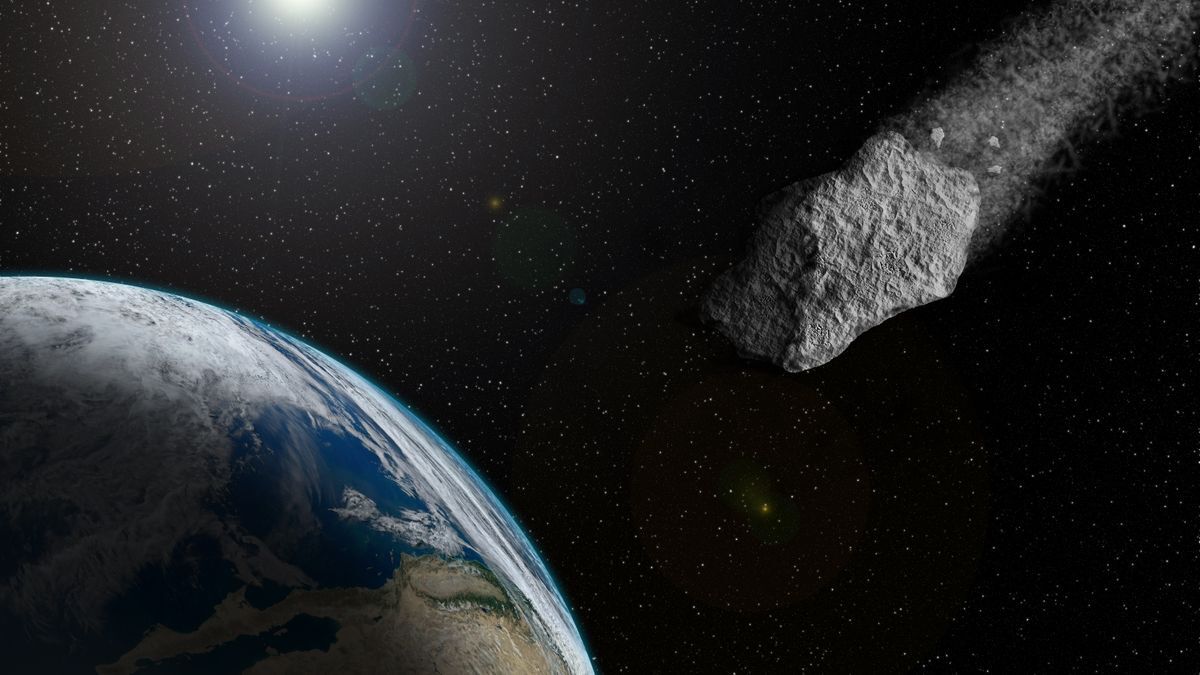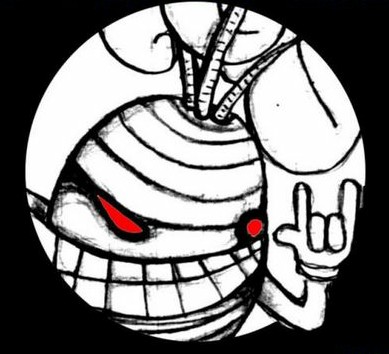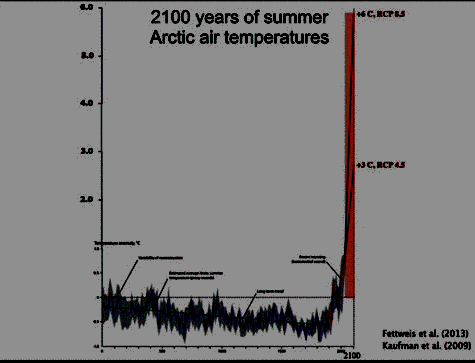NASA increased the chances of asteroid 2024 YR4 hitting Earth to 1 in 32, or 3.1%, on Tuesday, but they’re now back down to 1 in 67, or 1.5%.
Please fucking hit us. It’s only going to get worse
Only thing I don’t like about the asteroid “solution” is we’ll be watching the live updates for months about it, definitely not a quick surprise and you’re out kinda deal. Dinosaurs were lucky not to have telescopes.
Gives me plenty of time to make amends and get my affairs in order as much as possible. Fascism is infecting this entire planet across the globe and I’m tired of it
That’s to be expected; imagine the asteroid is projecting a cone in front of it that represents where we think it might go. Then take a cross section of the cone at the point where it meets earth. You can get a rough estimate for the odds of a hit based on how much area of that cross section the earth takes up. As observations and data come in our predictions get more accurate and the cone gets narrower. The circle of where it might be as it gets close to earth shrinks but earth doesn’t so a higher percentage of the circle is covering earth hence the odds go up. But earth is not in the center of the circle so it’ll shrink to the point where part of earth isn’t covered by the circle which will cause the odds to suddenly start dropping as the circle shrinks past earth. This will be the case with every object that we spot that is going to be a near miss. The odds will climb up and then drop down.
I know most people hanging out in a space community probably don’t need that explanation. But I’ve seen too many people elsewhere who seem to view the changing odds as a sign of unreliability and uncertainty.
This is like watching a Windows file explorer dialog box estimate the time to completion for a file transfer.
It’s because chance to hit is not a good metric to show what NASA is doing. NASA has a range of possible positions and velocities of the asteroid and therefore a range of possible trajectories. They are now narrowing the possibilities down. So they are improving the estimations, but chance to hit jumps around based on whether the eliminated possibilities intersected earth or not. The chance to hit jumping around does not mean NASA made mistakes or anything of the kind.
Yeah, I know. It was just a joke
It’s a good joke, but I imagine a lot of people may not know or realize why it is jumping like that, so I wanted to leave the explanation for them.
Also: Explorer doesn’t do that anymore. The estimate is usually very precise from start to end (given there isn’t a sudden and unexpected change in available bandwidth).
At least on Win 10, I find it as unreliable as ever if you mix small and large files in one transfer, since small files are not bottlenecked by bandwidth.
It’s the opposite. A file transfer starts quickly, gets near the end, and then the time to finish starts climbing.
file copy is much easier to estimate than the total guess work that is application install progress. those ‘wizards’ are dumb af. zip zip zoom almost done. wait. wait. wait. 2 minutes later–two more pixels added to the bar. wait. zip. wait. zip. crawl. crawl. wait some more… done.
Past performance is not indicative of future results
As of today it’s actually 0.28% now. So most likely going to continue hitting those lower decimal values from here.
Predicting an impact 2500 days in the future - taking into account n-body physics while also trying to measure the objects current position and velocity as accurately as possible - is an impressive feat of science & technology.
I imagine this is going to change year on year until we have to train drillers to be astronauts.Well of course, measurements will get more accurate as it’s studied longer, and everyone knows it’s much too difficult to train highly educated and skilled astronauts how to be drillers!
Makes me not wanna close my eyes
Is it being influenced by other objects its size or just the planets mostly?
I dunno… ESA says that it’s less than 1% now. https://blogs.esa.int/rocketscience/2025/02/04/asteroid-2024-yr4-latest-updates/
Can we get that number up to a 100%? Asking for a friend…
Why don’t we know if it will hit or not… orbits are pretty easy to predict the future.
Because observations are never perfect, data are never complete, and gravitational interactions are complicated. The more observations you have the better you can estimate the orbit, but asteroids are hard to observe and you may not have that many data points. Mass and velocity must be estimated from observations that are compatible with different solutions. A brighter dot might mean a bigger asteroid or more reflective material, for example, and the mass depends on both. A particular speed of apparent motion is compatible with different velocities depending on whether and how much the asteroid is moving towards or away from the observer. All these kinds of factors make for uncertainty.
I guess i didn’t realize the practicalities of guessing an objects mass location and momentum. I thought we knew most of the stuff in our solar system to pinpoint accuracy already. You’d think in-solar-system we’d have some kind of magic tech able to pinpoint stuff we can see in a telescope (radio, laser, idk). A telescope in mars orbit vs a telescope in solar orbit vs a telescope in earth orbit could get you position and velocity very accurately id think.
It’s a shame you’re being downvoted for genuine questions.
I thought we knew most of the stuff in our solar system to pinpoint accuracy already.
We know where all the big rocks are. Those smaller than a few hundred meters are much harder to spot.
A telescope in mars orbit vs a telescope in solar orbit vs a telescope in earth orbit could get you position and velocity very accurately id think.
It definitely could, but we don’t really have astrometry telescopes beyond earth orbit. I can’t wait until launch costs get low enough for us to yeet Hubble-class or Arecibo-class telescopes all over the solar system, and maybe even do interferometry between them.
Thanks. Oh is this not “big”? Do we at least have the dinosaur killers mapped out 🤞
Oh is this not “big”?
Not compared to the dinosaur killer. Chicxulub was around 10 kilometers wide, while 2024 YR4 is estimated to be ~100 meters wide. A hundred-fold increase in linear size roughly corresponds to million-fold increases in volume, mass, and energy. 2024 YR4 could wipe out a city, but nothing close to the effects of Chicxulub.
Do we at least have the dinosaur killers mapped out 🤞
Yeah, I think we’ve catalogued those pretty extensively, and pinned down their orbits well enough to conclude that none of them pose a significant threat in the next century or so.
Damn








